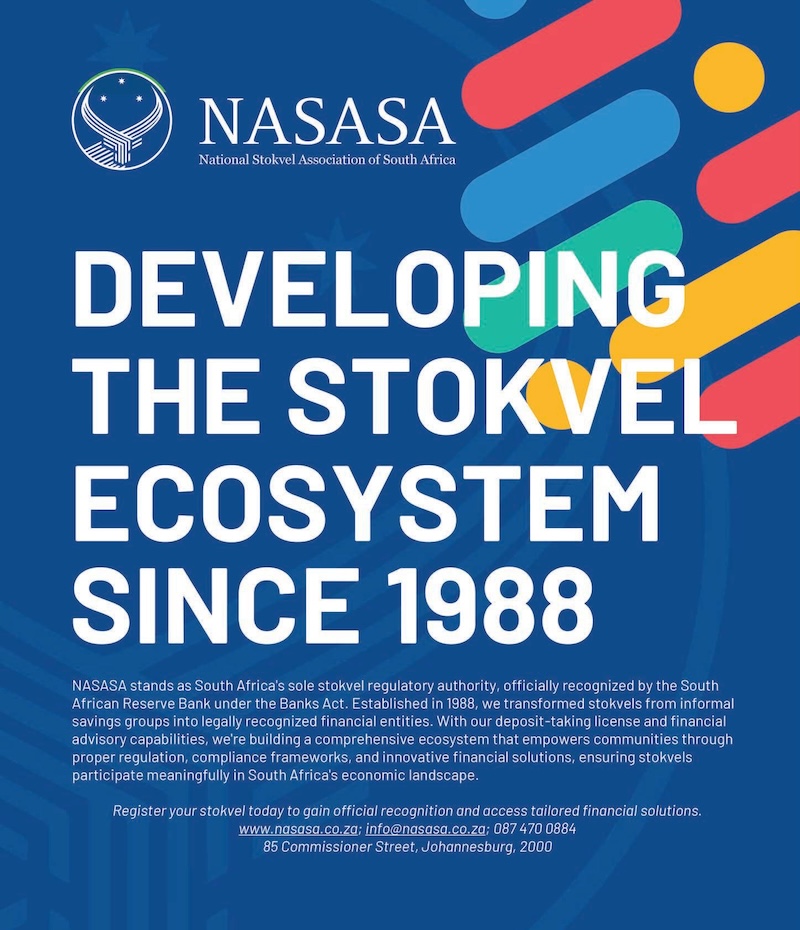
Standards for quality academic journals and books: the South Africa Department of Higher Education (DHET) model
The following standards are in the Research Outputs Policy (2015).
To be included in the DHTE list of accredited journals, the requirements for South African journals are:
(a) The purpose of the journal must be to disseminate research results and the content must support high level learning, teaching and research in the relevant subject area;(b) Articles accepted for publication in the journal must be peer reviewed;
(c) At least 75% of contributions published in the journal must emanate from multiple institutions;
(d) The journal must have an International Standard Serial Number (ISSN);
(e) The journal must be published at the frequency it is intended to be published, e.g. quarterly, biannually, annually or biennially;
(f) The journal must have an editorial board, with more than two-thirds of the editorial board members beyond a single institution, and which is reflective of expertise in the relevant subject area;
(g) The journal must be distributed beyond a single institution; and
(h) Journals must include English abstracts if their language of publication is not English.
The other expectations are:
- Should have a title (obvious)
- Should have a publisher with an address and contact details
- Should have an editorial policy, including evidence of the peer review process;
- In the case of electronic journals, the journal’s internet Uniform Resource Locator (URL); and
- Proof of the journal’s library holdings and/or downloads for electronic publications.
For a quality book, the standards are:
(a) The purpose of the book must be to disseminate original research and new developments within specific disciplines, sub-disciplines or fields of study;
(b) The book must be peer reviewed prior to its publication;
(c) The book must have an International Standard Book Number (ISBN);
(d) Books published on-line must have an e-ISBN;
(e) The length of the book must be a minimum of 60 pages, excluding references, bibliography, index and appendices, this being above the minimum norm of pages proposed by the UNESCO definition of a book;
(f) The target audience of the book must be specialists in the relevant field.
Use the form below to subscibe to Owia Bulletin.
Discover more from Africa Social Work & Development Network | Mtandao waKazi zaJamii naMaendeleo waAfrika
Subscribe to get the latest posts sent to your email.



